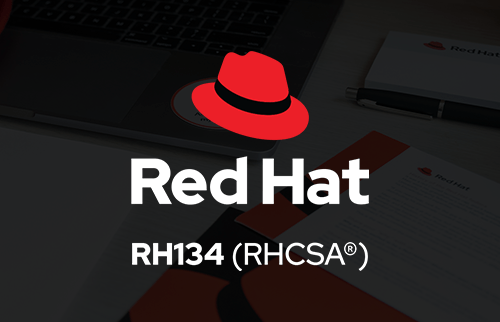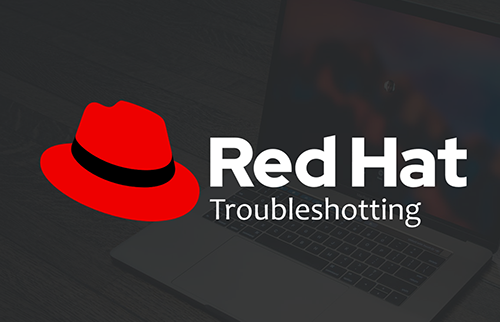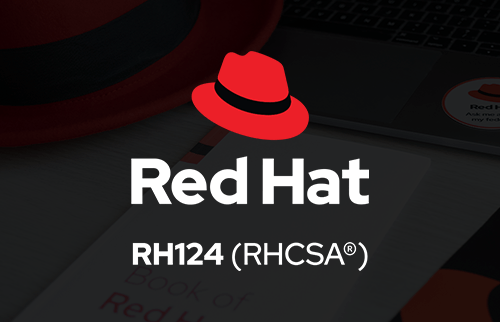Red Hat System Administration I
التقييم
المستوى مبتدئ
الشهادة
الاختصار RH124
وصف الدورة
Red Hat System Administration I provides a foundation for students wishing to become fulltime Linux system administrators by introducing key command line concepts and other enterprise-level tools. These concepts are further developed in the follow-on course, Red Hat System Administration II (RH134).
There are no formal prerequisites for this course; however, previous operating system administration experience will be very beneficial.
- Introduction to the command line
- Managing physical storage
- Install and configure software components and services
- Establish network connections and firewall access
- Monitor and manage running processes
- Manage and secure files & file systems
- Administer users and groups
- Review the system log files and journal for issues
- Access Linux file systems
- Install and use virtualized systems
أهداف الدورة
Upon completion of this course, trainees should be able to:
- Access the command line
- Manage files from command line
- Create, view, and edit text files
- Manage local Linux users and groups
- Monitor and manage Linux processes
- Control services and daemons
- Control access to files with Linux file-system permissions
- Analyze and store log files
- Configure and secure the OpenSSH service
- Install and update software packages
- Access Linux file systems
- Manage Linux networking
الشريحة المستهدفة
IT professionals across a broad range of disciplines who need to perform essential Linux administration tasks including installation, establishing network connectivity, managing physical storage, and basic security administration.
-
AlTANMYA Address
Damascus, Syria Near the US Embassy, Malki
-
Contact Number
+ (963) 11 334 5537 + (963) 99 6666 037









